# A tibble: 10 × 2
x y
<dbl> <dbl>
1 55.4 97.2
2 51.5 96.0
3 46.2 94.5
4 42.8 91.4
5 40.8 88.3
6 38.7 84.9
7 35.6 79.9
8 33.1 77.6
9 29.0 74.5
10 26.2 71.4Data Story Principles and Examples
Warm-Up Exercise
USAID agriculture infographic
- What data sets are used?
- How are the data presented?
- What is the core story the infographic is trying to tell?
- What works to tell this story and what doesn’t? Should anything be added or removed?
Agenda
1
The R Programming Language
2
Visualizing Data
3
Data, Pictures, and Stories
4
Review and to do
The R programming language
Tools available
There are a huge number of data visualization tools, why use R which has a relatively steep learning curve?
- Flexibility
- Industry standard
- Translation to other languages
Excel

Rstudio environment

Markdown

UNVotes Visualized
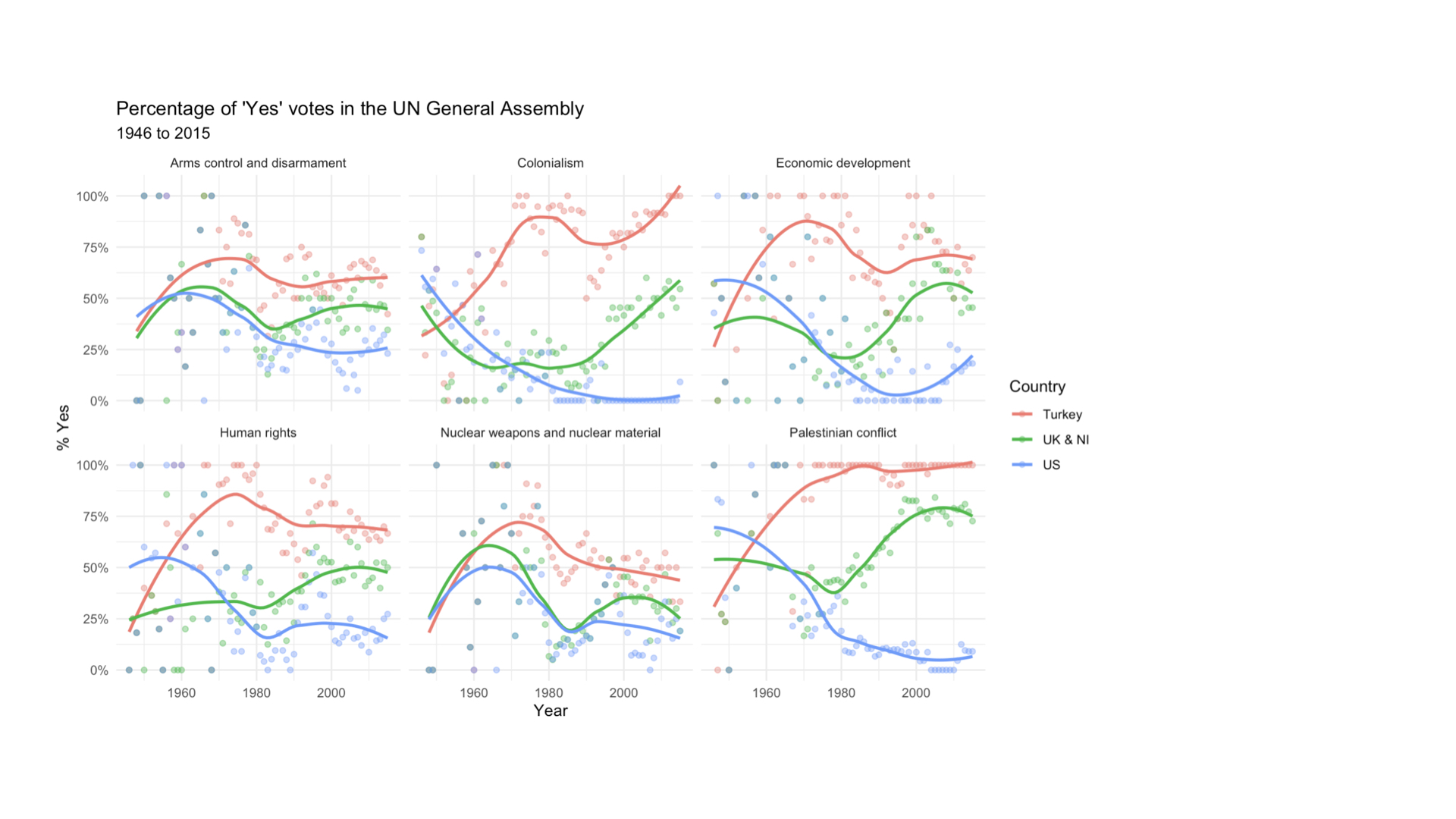
UNVotes Visualized

UNVotes Visualized
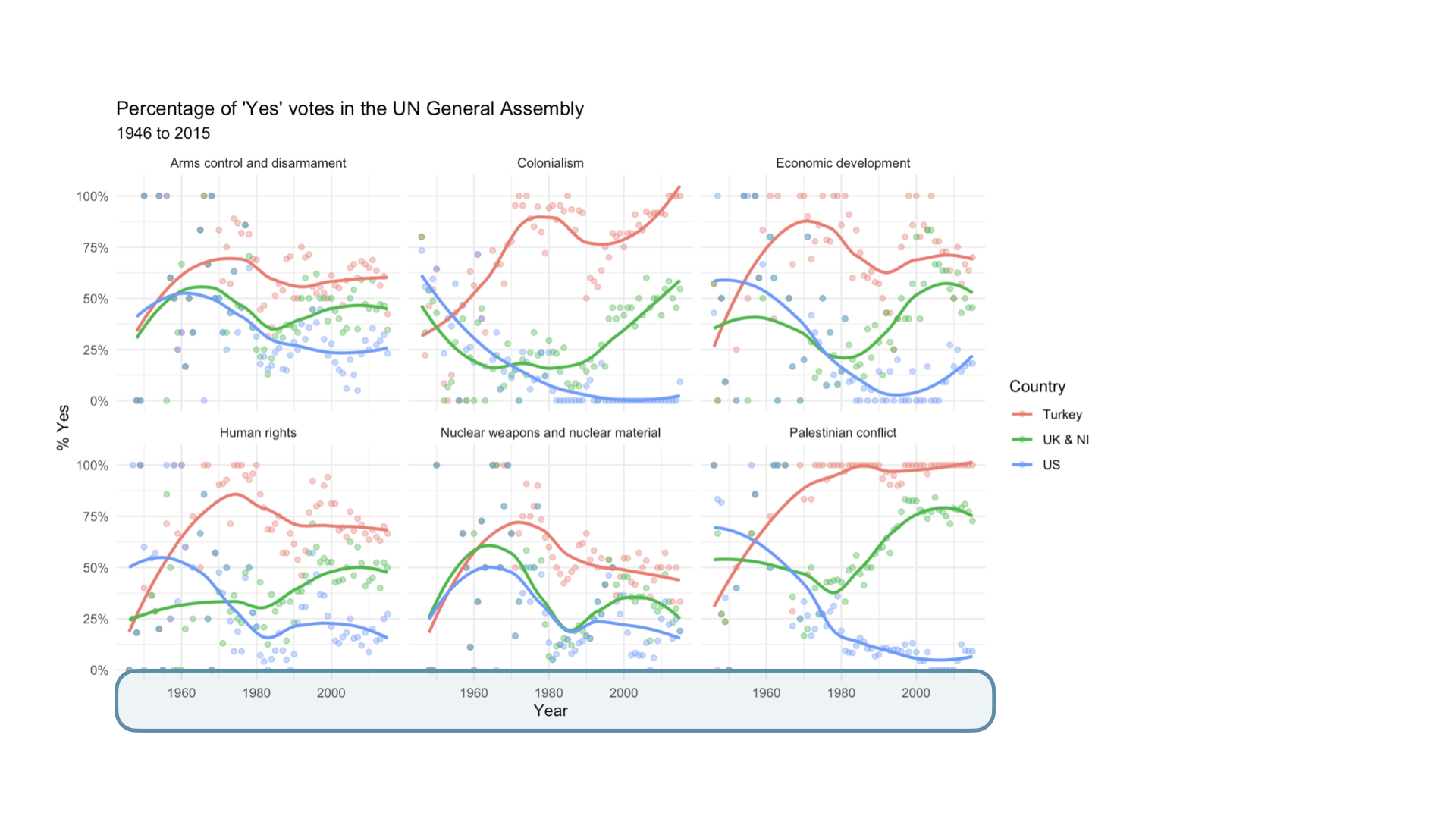
UNVotes Visualized
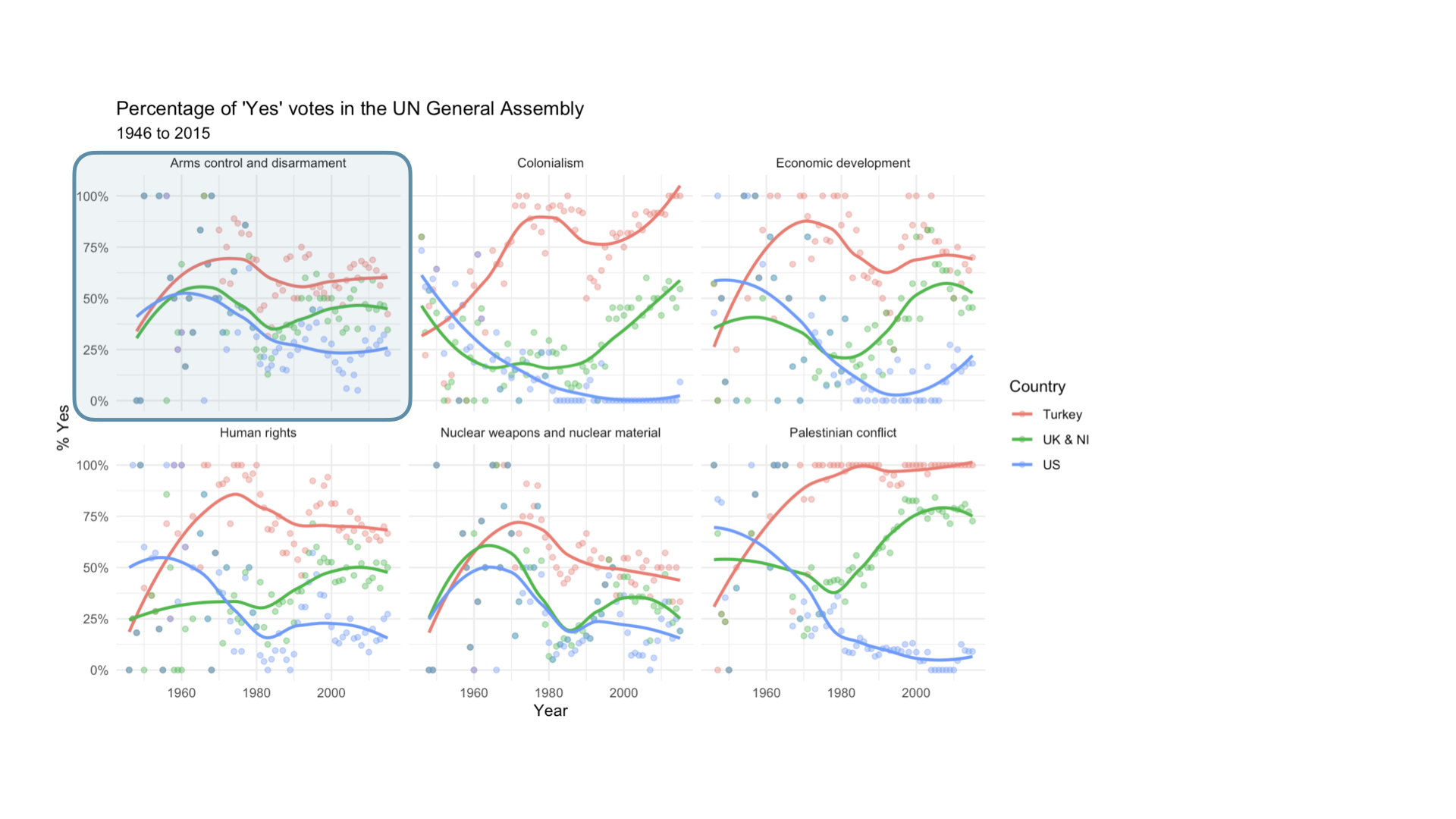
UNVotes Visualized
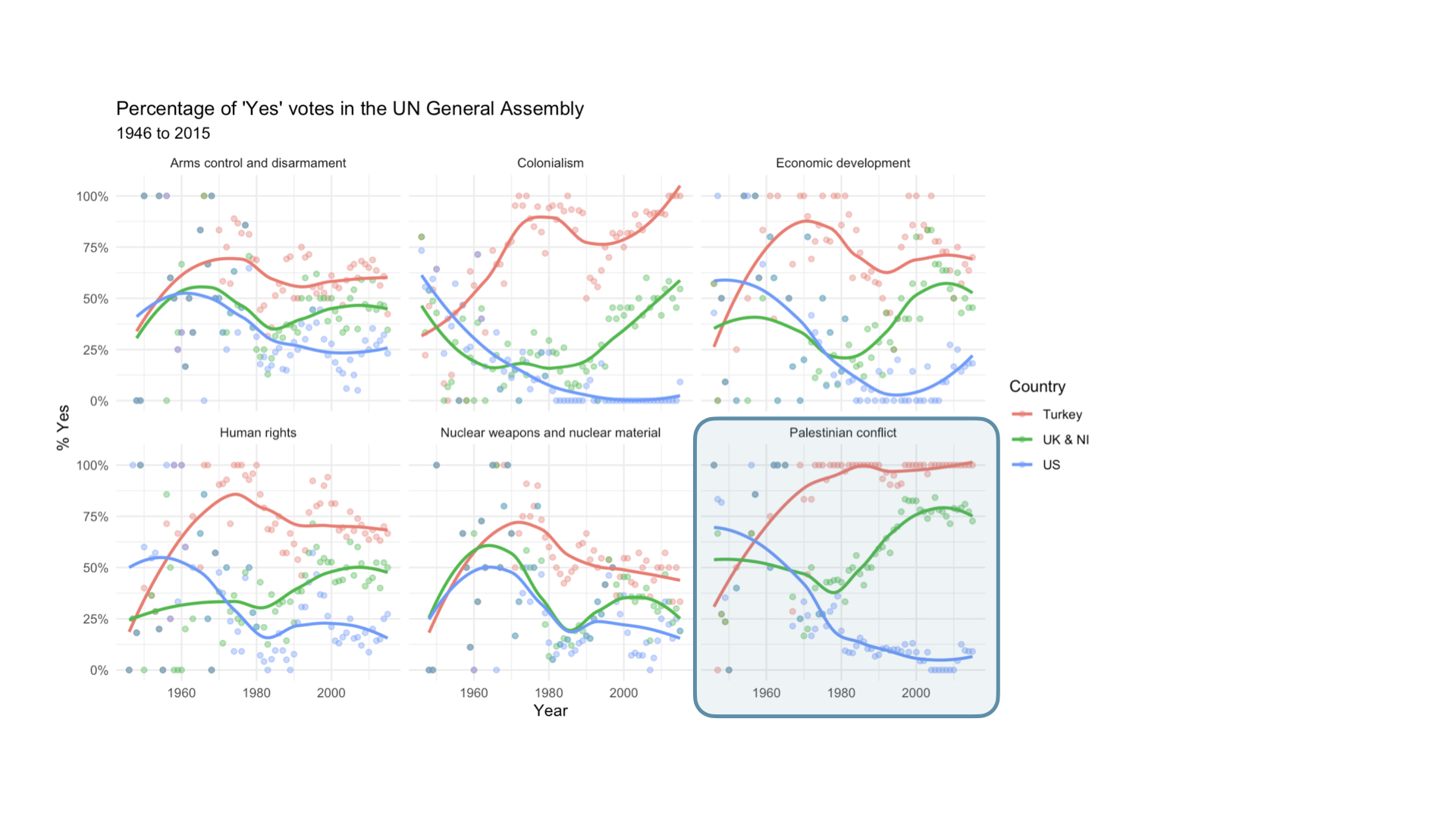
UNVotes Visualized
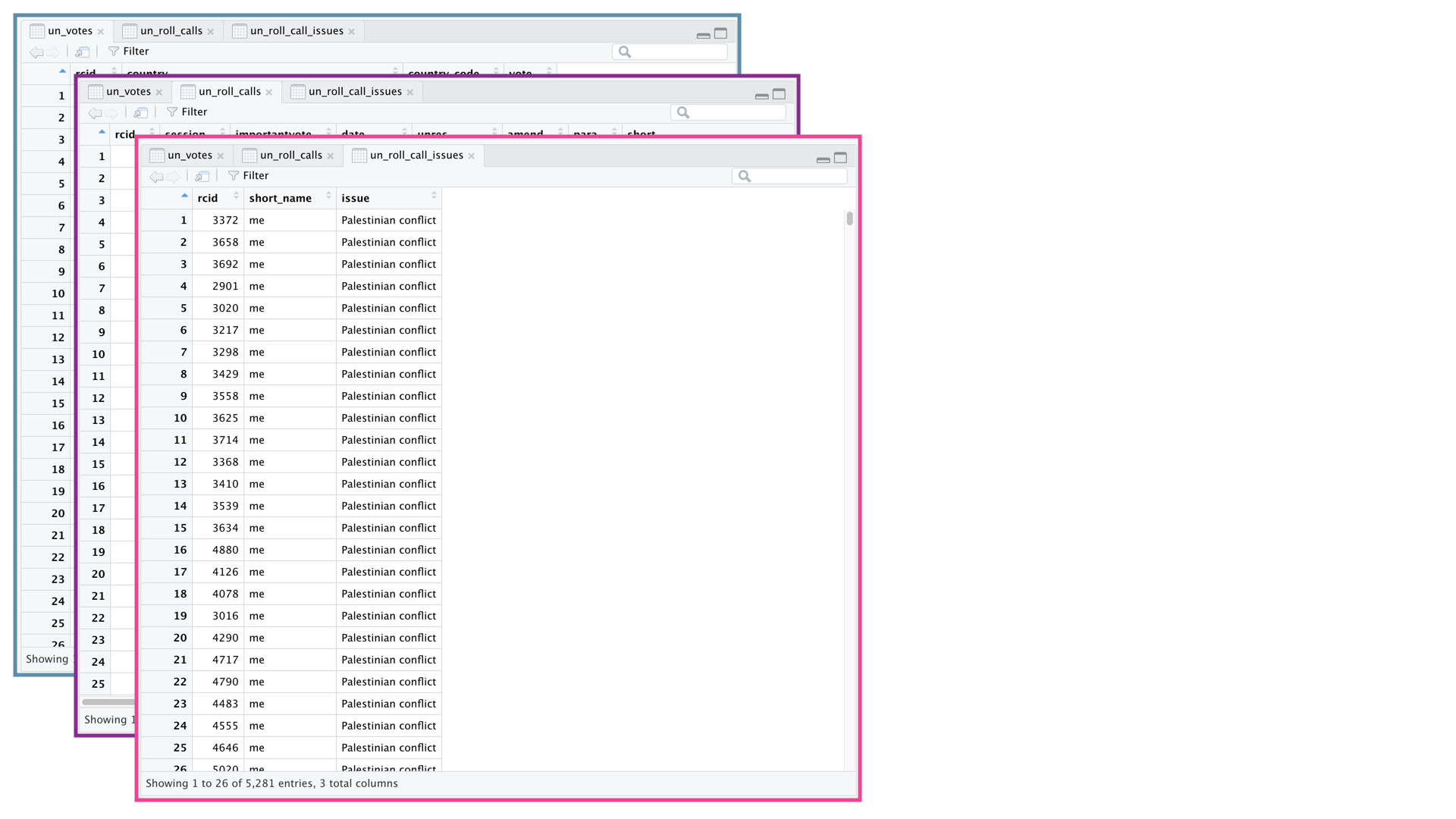
UNVotes Visualized

UNVotes Visualized

UNVotes Visualized
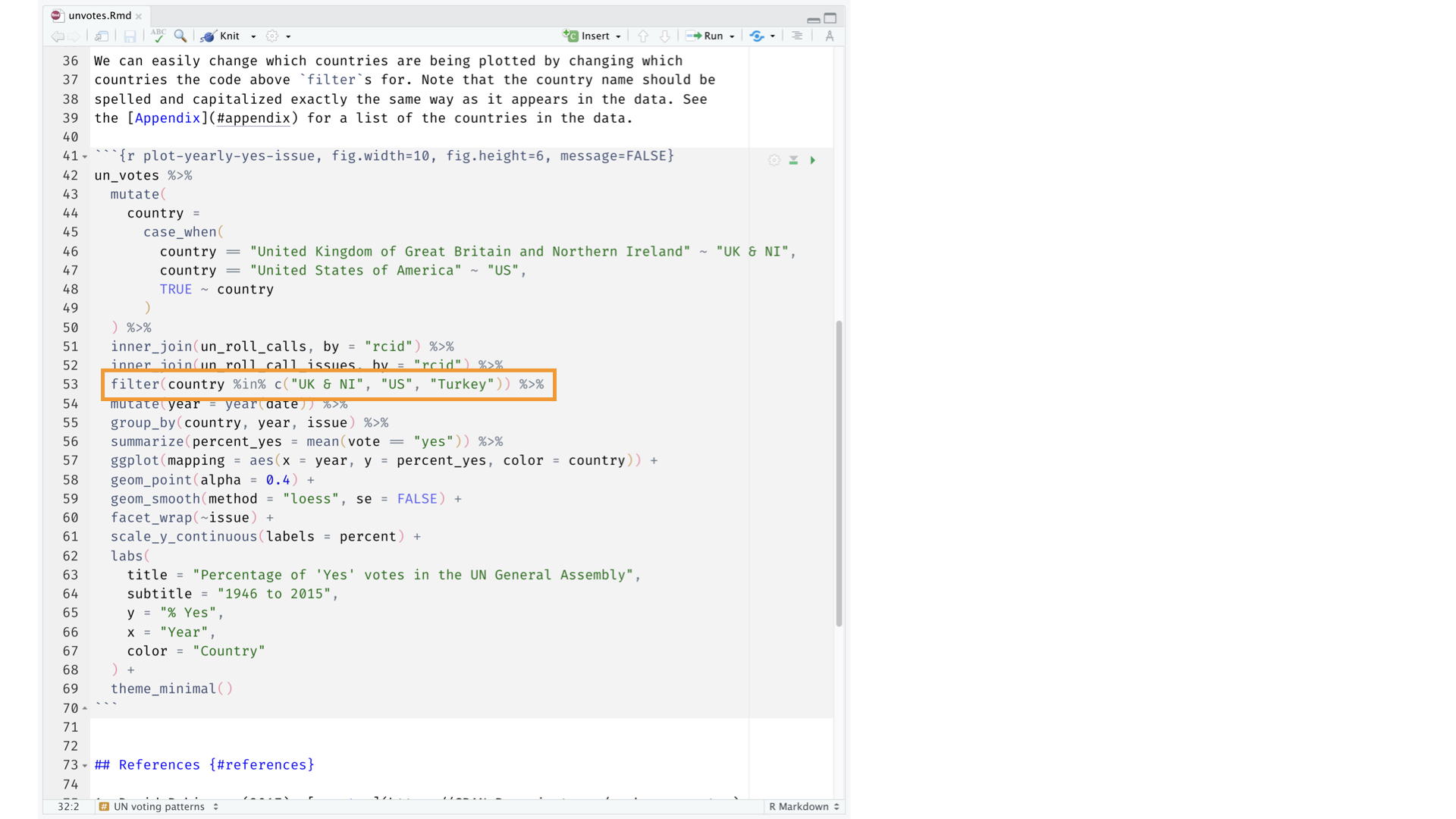
UNVotes Visualized
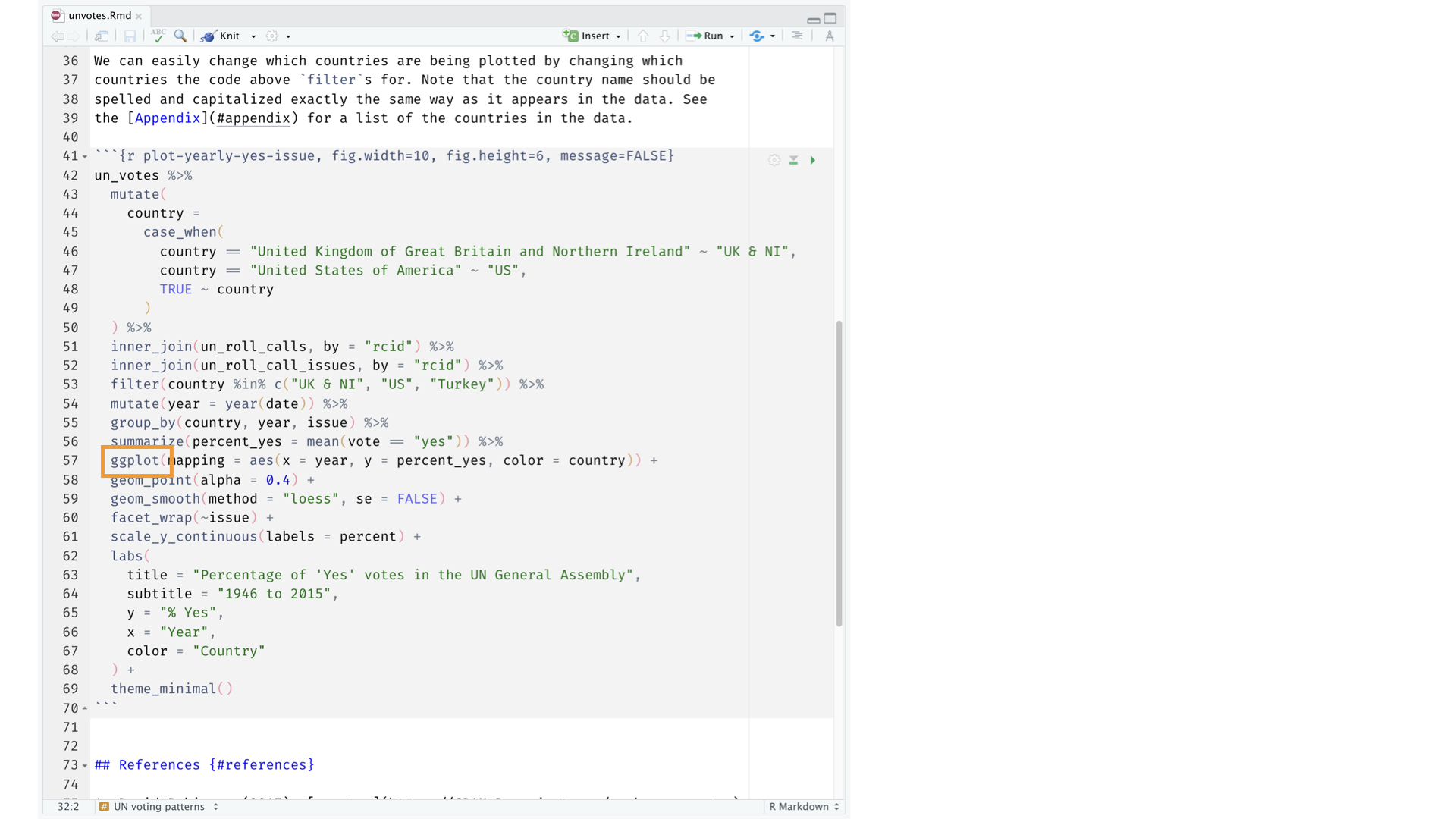
UNVotes Visualized
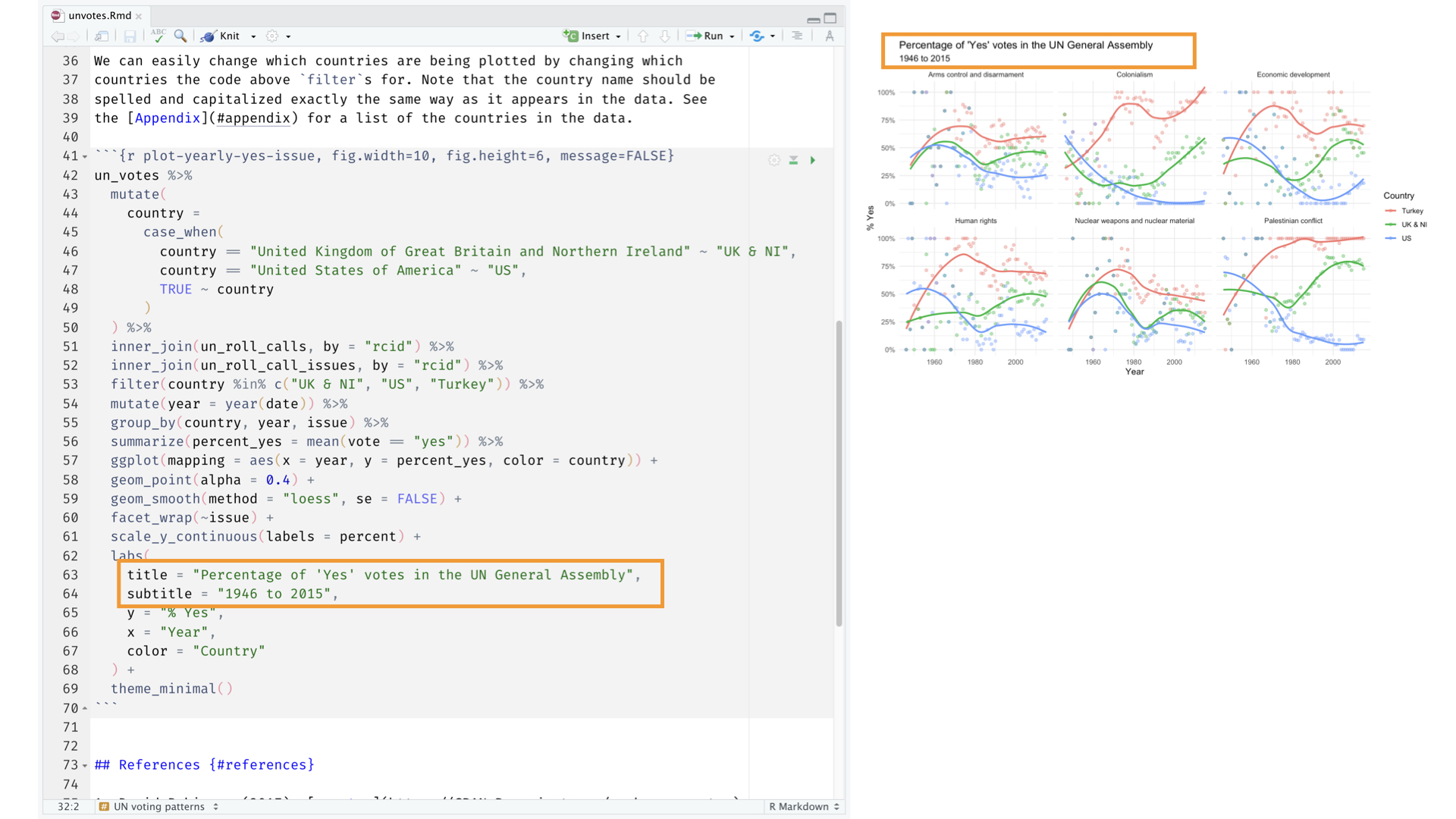
UNVotes Visualized
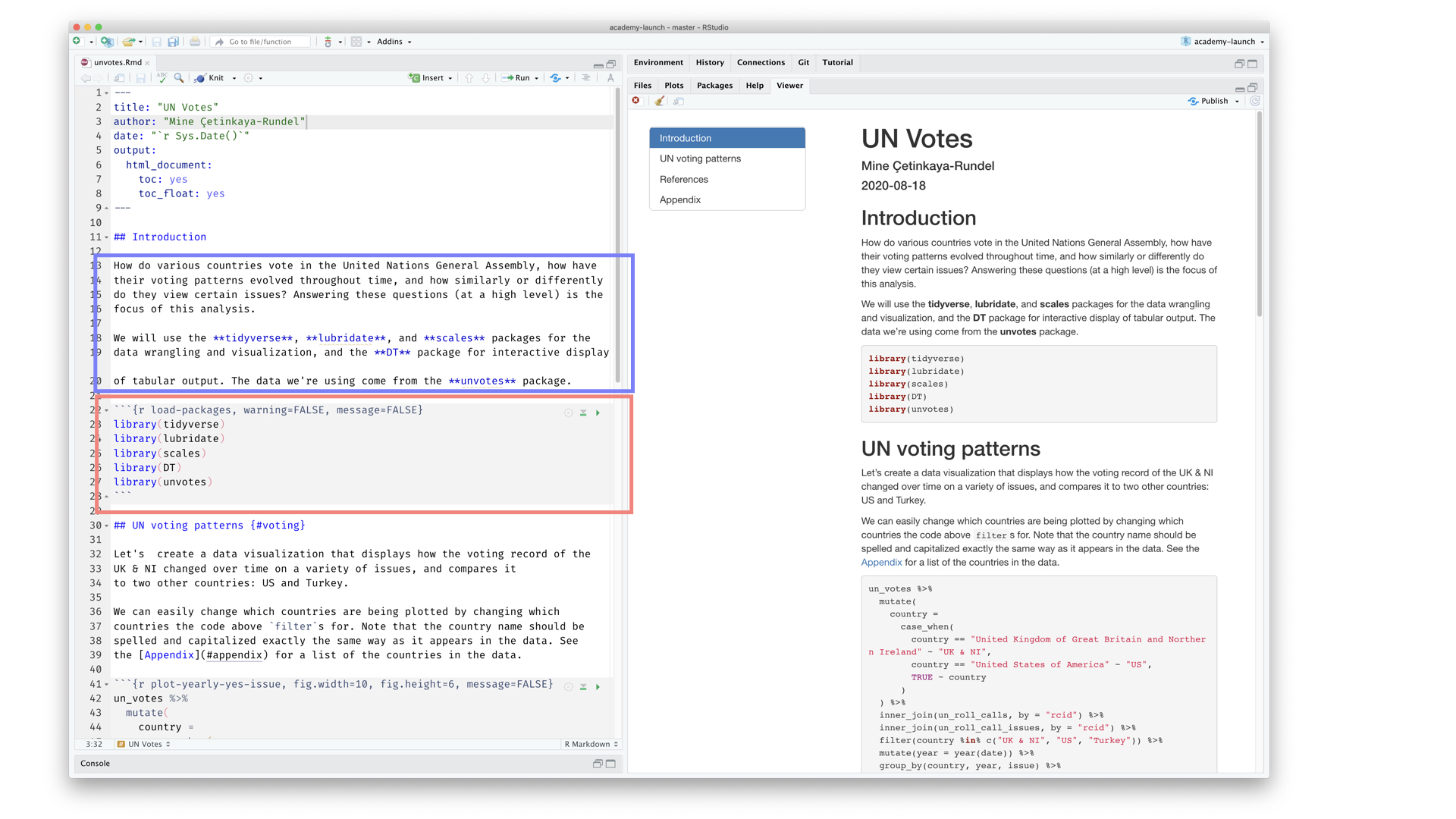
UNVotes Visualized
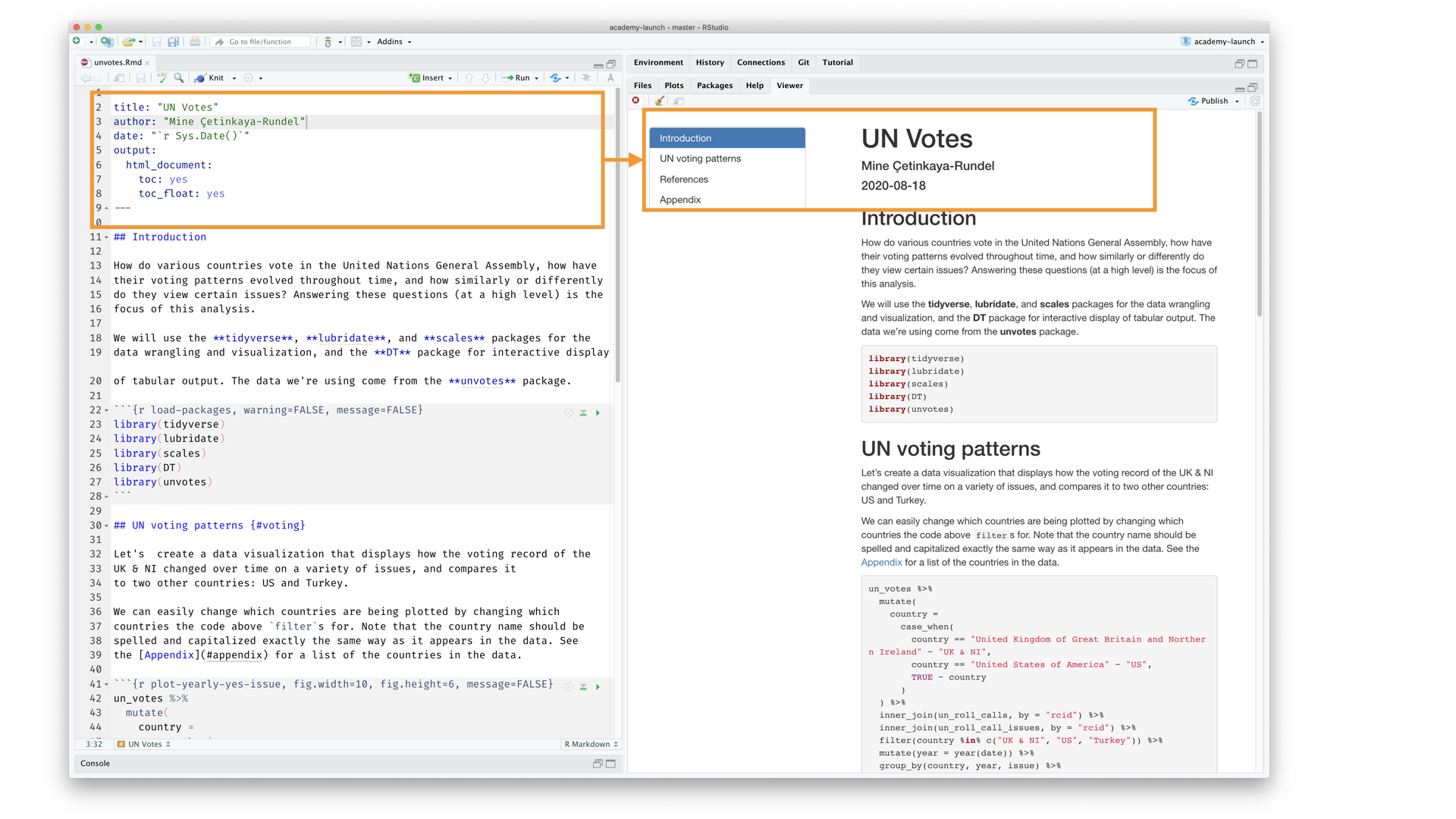
Your turn
You will be asked to work on this markdown document in posit.Cloud - a web based version of R-Studio.
Visit our RStudio site to start the project.
RStudio cloud will cost $5 a month to join.
First Assignment
Once you complete your registration for positCloud, you will be able to access the first assignment.
This will create a copy of the assignment for you and you can edit away.
Select all files, export them (name the file something convenient) and email it to me.
Visualizing Data
Cairo’s Principles
- Truthful
- Functional
- Beautiful
- Insightful
- Enlightening
Healey’s Principles
- Good aesthetics
- No substantive issues
- No perceptual issues
- Honesty and good judgement
Principles applied
- Let’s take a moment to put these principles into action
- We will return to our usual set of questions, but let’s first focus on apply Cairo and Healey to some visualizations
Class Critique
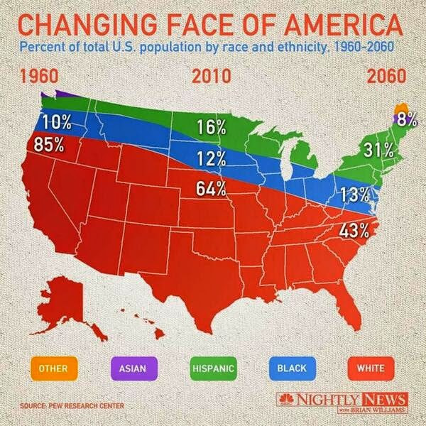
Class Critique
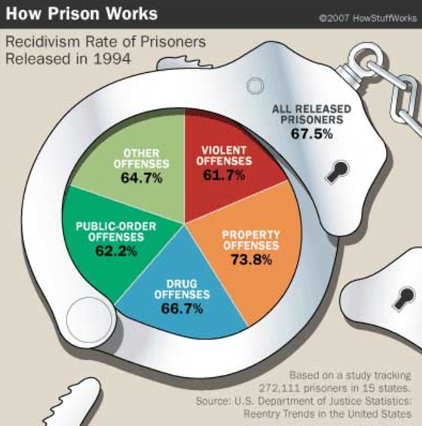
Class Critique
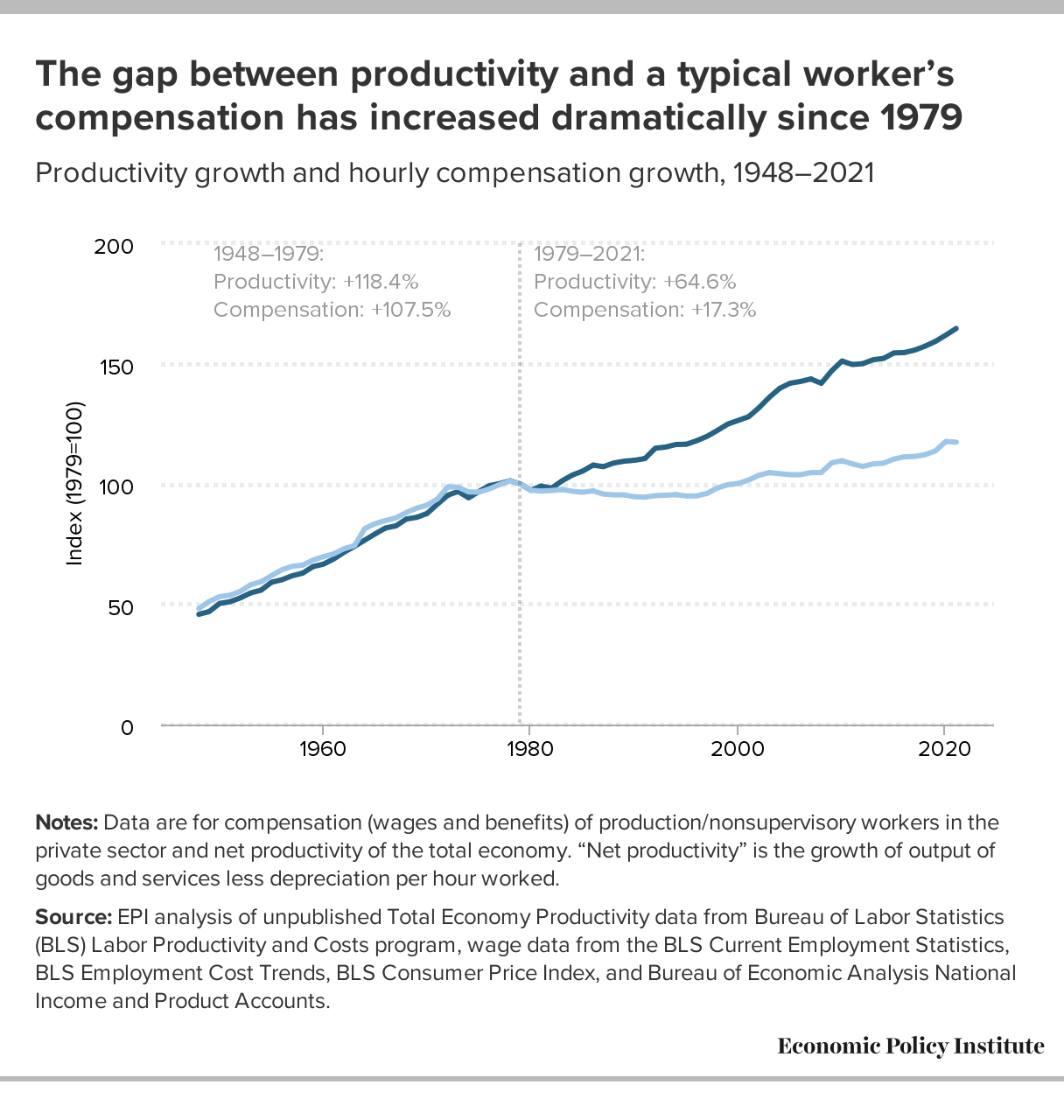
Pair and Share
Now its time to talk with eachother! Pair up with someone to discuss your visualization.
introduce yourselves
describe what you chose for your visualization (what is the data, form of presentation, and main story)
focus on whether it is effective or not using Cairo and Healey
After 5 min, switch
Pictures, and Narrative
Doesn’t the data just speak for itself?
- Why care about visualization, design, stories, or any of this?
- Isn’t this all too soft - shouldn’t we just rely on the hard facts?
Show me the data!
oh no

Stories and facts
Facts
scrutinize and fight facts we don’t like
bend or break facts to support biases
corrective facts can strengthen misinformation
visualized facts are harder to reject
Stories
engage more of the brain
form a connection between storyteller and listener
increase attention and empathy
can reduce skepticism and increase openness
enhance comprehension
Review and to do
Review
1
The R Programming Language
2
Visualizing Data
3
Data, Pictures, and Stories
To do
1
Read
Chapter 4 in Fundamentals of Data Visualization (Wilke 2018)
Summary of CRAP graphic design principles from Presentation Zen (Reynolds 2008)
Chapter 4 in Effective Data Storytelling (Dykes 2020)
2
Do
UNdata exercise

Econ 255 - Data Storytelling